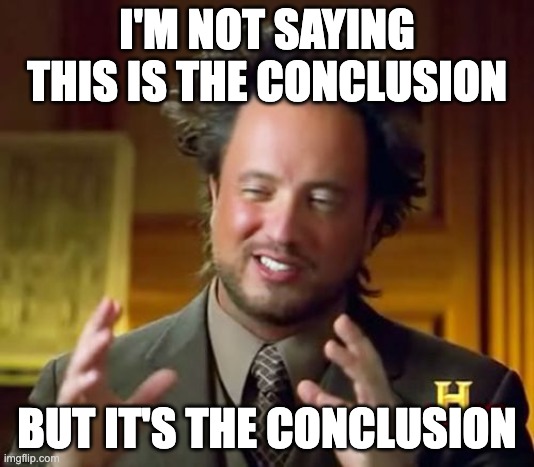The Ultimate Guide to Image Alt Attributes and SEO
In our online age, the phrase “a picture is worth a thousand words” takes on new significance, in particular when it comes to search engine optimization (SEO). Images can greatly enhance the user experience on your website, but to ensure they also enhance your site’s SEO, there are several key considerations to keep in mind. This SEO 101 post will delve into the importance of image alt attributes and other picture considerations for SEO, helping you create a more engaging and search-friendly website.
Editor’s Note: This post is part of our SEO 101 series. Click below for the previous entries:
- Understanding Keyword Consistency for Fun and Profit
- Understanding Website Headers and Their Importance for SEO
- We have written an article about Hreflang
- What do Title Tags have to do with SEO
- What is a Meta Description
- What are Keywords
What Are Image Alt Attributes?
Image alt attributes, often referred to as “alt text,” are descriptions added to the HTML code of an image on a web page. These descriptions are meant to provide context to the image for search engines and users who are unable to see the image. Alt text is crucial for several reasons:
- Accessibility: Alt text helps visually impaired users who rely on screen readers to understand the content of images.
- SEO: Search engines use alt text to index and understand the content of images, which can impact your website’s ranking.
- User Experience: If an image fails to load, the alt text will appear in its place, giving users context.
How to Write Effective Alt Text
Writing effective alt text is both an art and a science. Here are some tips to get it right (more can be found in the Google Forums):
- Be Descriptive: Clearly describe the image in a concise manner. For example, instead of “dog,” use “golden retriever playing in the park.”
- Include Keywords: Incorporate relevant keywords naturally, but avoid keyword stuffing. For instance, “golden retriever playing in Central Park, New York.”
- Keep It Short: Aim for 125 characters or fewer. This length is optimal for most screen readers.
- Avoid Redundancy: Don’t use phrases like “image of” or “picture of.” Screen readers already indicate that it’s an image.
Beyond Alt Text: Other Picture Considerations for SEO
 While alt text is crucial, there are other important aspects of image SEO to consider:
While alt text is crucial, there are other important aspects of image SEO to consider:
1. Image File Names
Before you even upload an image, give it a meaningful file name. Instead of “IMG1234.jpg,” use something descriptive like “golden-retriever-park.jpg.” This helps search engines understand the content of the image.
2. Image File Size and Format
Large image files can slow down your website, negatively affecting user experience and SEO. Optimize images by:
- Compressing: Use tools like TinyPNG or JPEG-Optimizer to reduce file size without compromising quality.
- Choosing the Right Format: Use JPEGs for photographs, PNGs for images requiring transparency, and SVGs for simple graphics and logos.
3. Image Dimensions and Responsiveness
Ensure your images are appropriately sized for different devices. Use responsive design techniques so images scale properly on desktops, tablets, and smartphones. Implement the `srcset` attribute to serve different image sizes based on the device’s resolution.
4. Captions and Surrounding Text
Captions and surrounding text can provide additional context for your images. In fact, captions are often read more than the main body of text, so including keywords in them can boost SEO. Ensure the text around the image is relevant and descriptive.
5. Structured Data
Implementing structured data (schema markup) can enhance the way search engines understand your images. Use imageObject schema to provide detailed information about your images, which can enhance search results with rich snippets.
6. Lazy Loading
Lazy loading is a technique that delays the loading of images until they are needed (i.e., when the user scrolls to them). This improves initial page load times and can positively impact SEO.
7. Image Sitemaps
Including images in your XML sitemap helps search engines find and index them. This can be particularly useful for sites with a large number of images.
Final Thoughts on Images and SEO
Optimizing images for SEO involves more than just adding alt text. By paying attention to file names, sizes, formats, dimensions, captions, and structured data, you can enhance both the user experience and your site’s search engine performance. Remember, well-optimized images not only make your site more accessible and faster but also help you rank better in search results, driving more traffic to your site. If you aren’t sure how the images on your site are performing, you can always use our free audit tool on the Strottner Designs Homepage, or email us at support@strottner.com.
The next time you upload an image, think beyond its visual appeal and consider how it can work harder for your website’s SEO.









